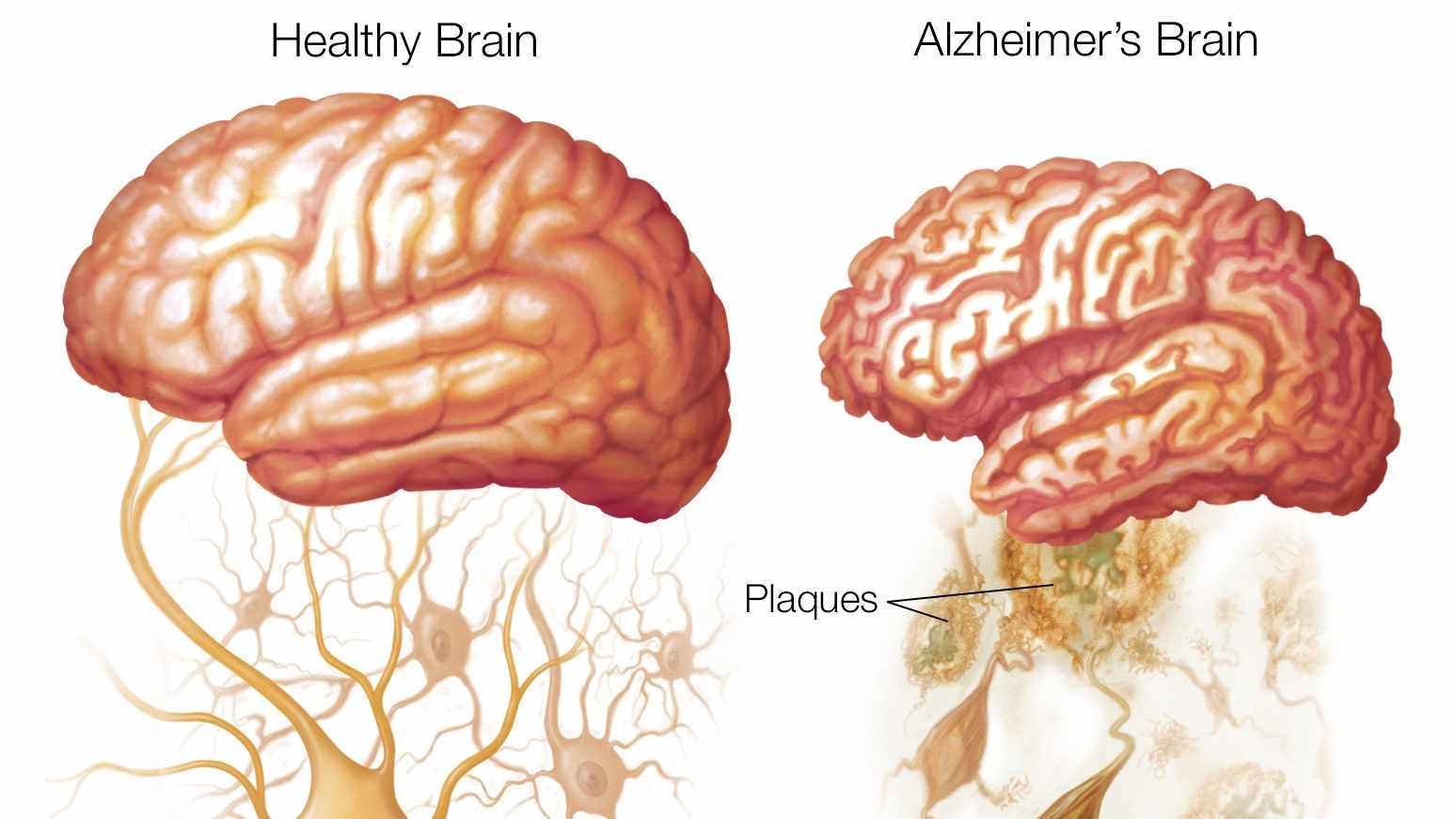-
Featured News
Mayo Clinic Researchers Find Way to Prevent Accumulation of Amyloid Plaque, a Hallmark of Alzheimer’s Disease
 JACKSONVILLE, Fla. — Mayo Clinic researchers led a laboratory study that found a new way to prevent the accumulation of amyloid plaque – a key feature of Alzheimer’s disease – by eliminating a class of molecules called heparan sulfates that form on brain cells.
JACKSONVILLE, Fla. — Mayo Clinic researchers led a laboratory study that found a new way to prevent the accumulation of amyloid plaque – a key feature of Alzheimer’s disease – by eliminating a class of molecules called heparan sulfates that form on brain cells.
“Just as a carpet covers a floor and can hold dirt, molecules called heparan sulfates can cover brain cells and trap and hold amyloid peptides, which can then form into clumps called plaque,” says Guojun Bu, Ph.D., a molecular neurobiologist on Mayo’s Florida campus.
The research study deleted the Ext1 gene in laboratory mice using genetic engineering technology. This, in turn, prevented heparan sulfates from forming on the surface of brain cells. The surface was smoother – think tiled floor versus carpet – and this enabled the brain to efficiently clear out amyloid, says Dr. Bu, associate director of the Mayo Clinic Alzheimer’s Disease Research Center.
“Our study proves heparan sulfates as the basis for a cascade of events leading to the formation of amyloid plaque, which is an early and essential pathological feature of Alzheimer’s disease,” says Dr. Bu.
The research is published in the March 30, 2016, edition of the journal Science Translational Medicine.
MEDIA CONTACT: Kevin Punsky, Mayo Clinic Public Affairs, 904-953-0746, punsky.kevin@mayo.edu
The researchers also studied donated brain tissue of people who had Alzheimer’s disease during their lifetime. The researchers found increased amounts of heparan sulfates in brains from individuals with Alzheimer’s disease, compared with individuals who did not have the disease. This further backed the finding that an abundance of heparan sulfates is a contributing factor in Alzheimer’s disease.
The study also has implications for preventing tau tangles, another hallmark of Alzheimer’s disease, because tau tangles develop later in the process of disease’s development, says Dr. Bu, the Mary Lowell Leary Professor of Medicine.
“Amyloid plaques typically accumulate in the brain for many years before patients develop symptoms of Alzheimer’s disease,” says Dr. Bu. “Our laboratory is now developing tests to identify compounds that could block heparan sulfates from interacting with amyloid and forming plaque. The goal is to prevent or stop Alzheimer’s disease from occurring.”
Preclinical laboratory testing must occur before any drug could be tested with patients.
The Mayo Clinic team collaborated on the research with Sanford Burnham Prebys Medical Discovery Institute in California and Washington University in St. Louis. Brain tissue was provided by the University of Kentucky Alzheimer’s Disease Center Neuropathology Core.
The study was funded by the National Institute on Aging and the National Institute of Neurological Disorders and Stroke.
In addition to Dr. Bu, Mayo researchers involved in the study are:
- Chia-Chen Liu, Ph.D.
- Na Zhao, M.D., Ph.D.
- Takahisa Kanekiyo, M.D., Ph.D.
Alzheimer’s disease is the most common form of dementia. Mayo Clinic is a world leader in research to advance the understanding and treatment of Alzheimer’s disease and related dementias. Research at Mayo Clinic produces discoveries that translate to new diagnostics, treatment and prevention strategies for some of the most complex neurological diseases.
###
About Mayo Clinic
Mayo Clinic is a nonprofit organization committed to medical research and education, and providing expert, whole-person care to everyone who needs healing. For more information, visit https://www.mayoclinic.org/about-mayo-clinic or https://newsnetwork.mayoclinic.org/.







